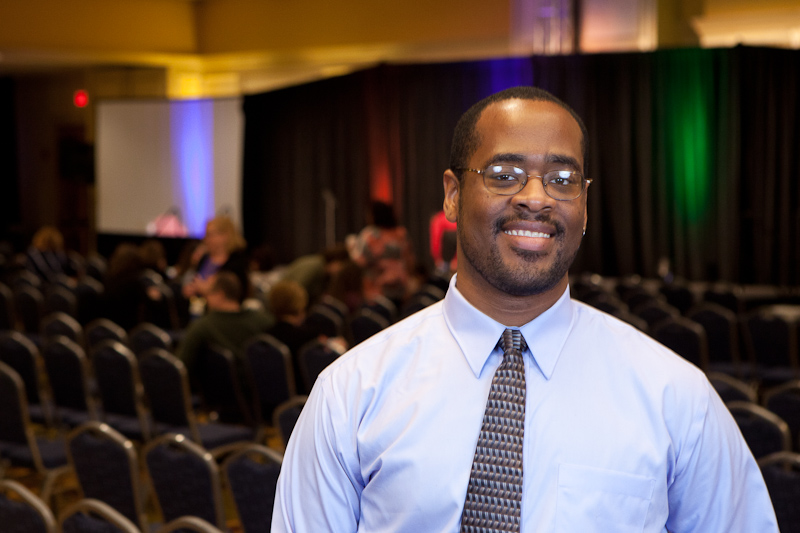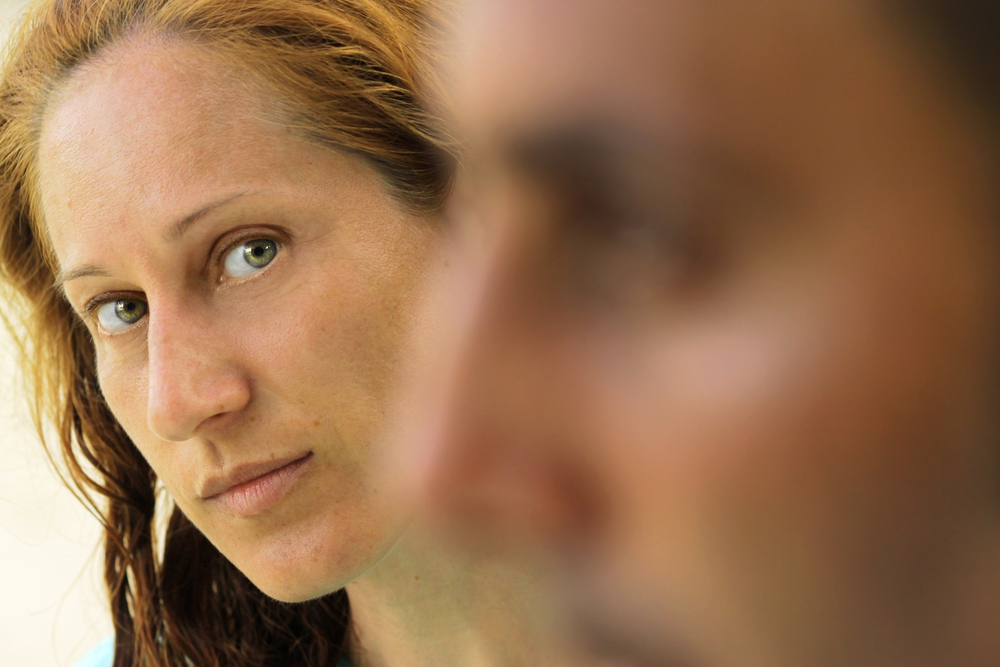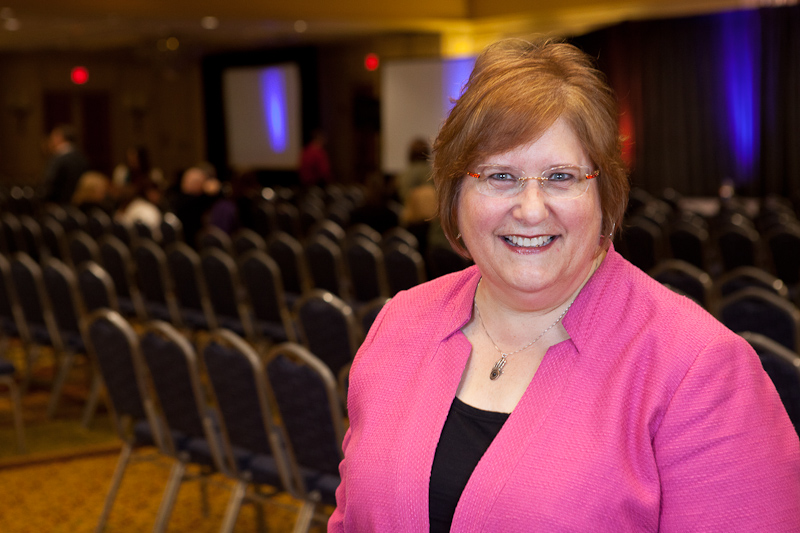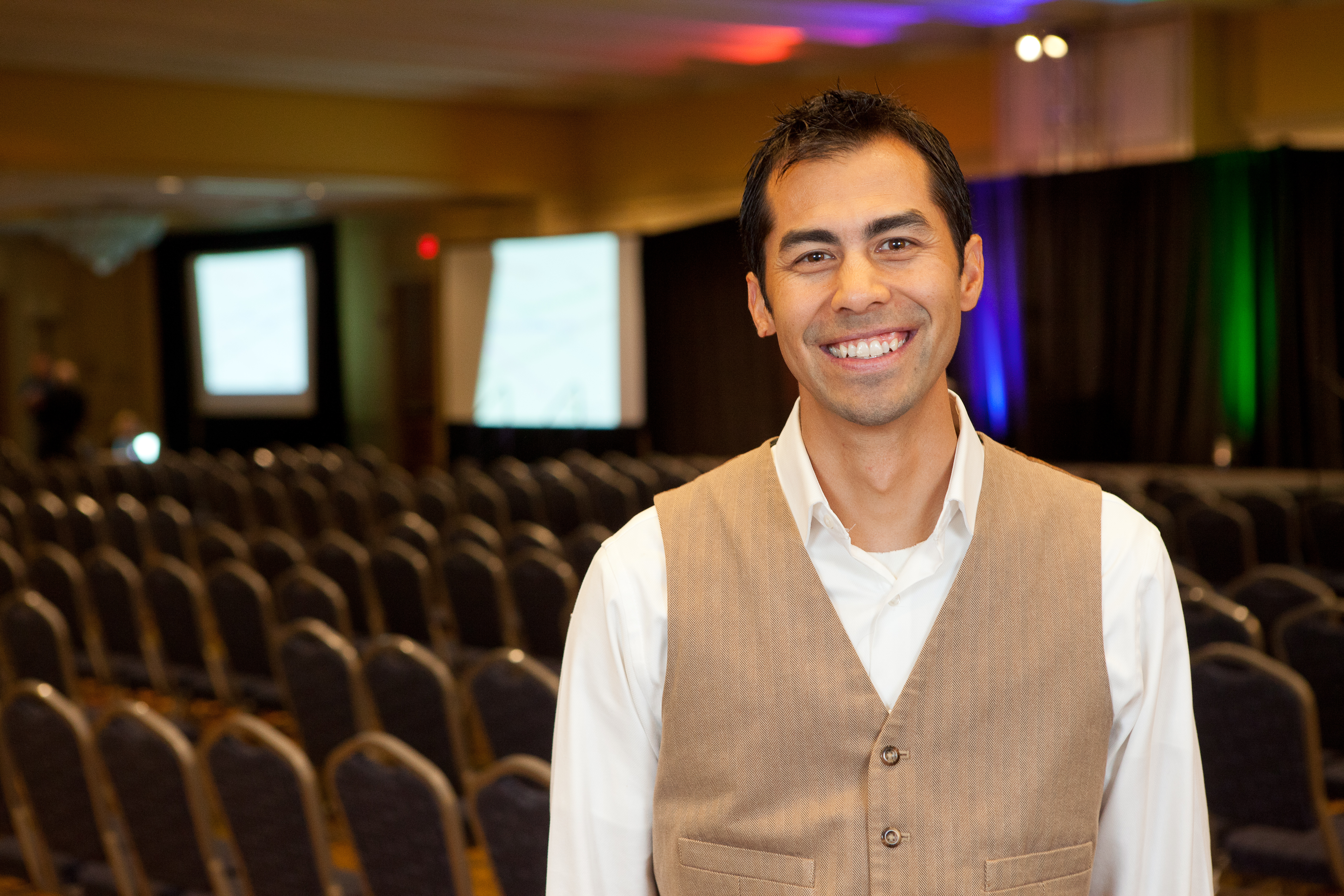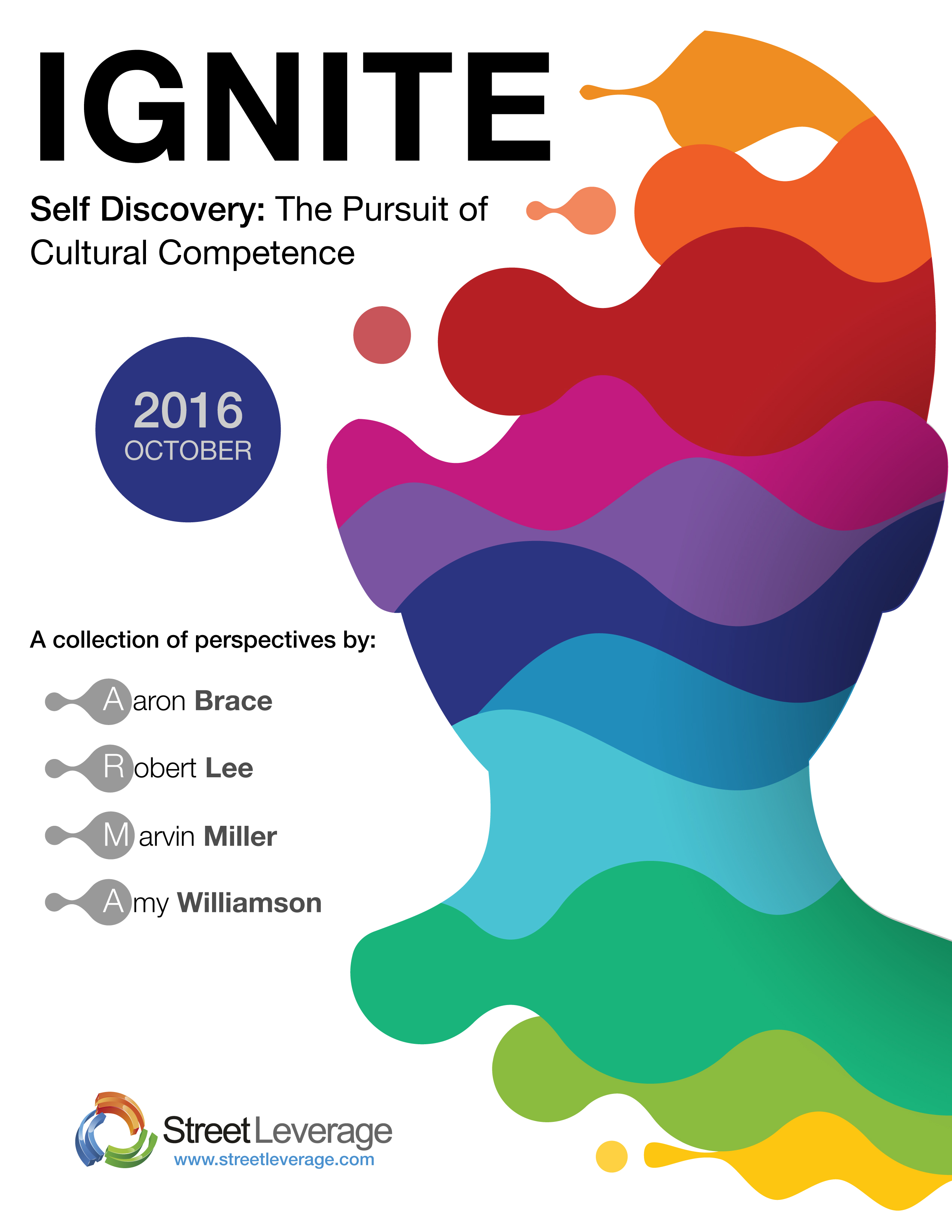
More and more, academic credentials are now considered to be superior to those that have gained their expertise through lived experiences. By working together, we can find ways to recognize the intuitive expertise Coda interpreters offer.
To my colleagues, specifically to those that have Deaf parents. Maybe you choose to identify as a Heritage Signer, Deaf Parented, Coda, signing MOTHER-FATHER-DEAF, or maybe you choose not to make reference to your Deaf parents at all. However you identify, we are all united by our shared experiences while we work as professional sign language interpreters. We share this by reflecting on our heritage with pride, compassion, and more importantly, our lived experiences which translate into our intuitive expertise as interpreters. More so, when Codas enter into interpreting training programs (ITPs) and graduate, the knowledge we acquire only solidifies and broadens our inherent ability. But sadly, for many Codas, we are continuously forced to validate our lived experiences to those with academic credentials. We need to remove the hierarchical lens in which lived expertise is viewed as secondary to academic accomplishments.
The expertise Codas bring to the profession deserves to be respected equally with those who have gone on to earn their BAs, MAs, or PhDs in the interpreting field. We, as Coda interpreters, have been interpreting long before being recognized by interpreting organizations and academic institutions. We have done this and will continue to do this, not out of an early interest in becoming sign language interpreters, but rather because of our birthright into the profession Codas helped create.
Canadian Codas and their History in the Profession
Janice Hawkins, Mary Butterfield, and Louise Ford were at the forefront in establishing Association of Visual Language Interpreters of Canada (AVLIC) and interpreter training programs across Canada. All Codas. Everyone from Deaf community members, ministers, social workers, Codas, and teachers of the Deaf were invited to meet, discuss, and collaborate on establishing a national organization to validate and recognize sign language interpreting as a bonafide profession.
In the thirty-nine years of AVLIC, and out of sixteen presidents¹, only two Codas have been recognized by the organization as president: Louise Ford (1980) and Bonnie Heath (1986). Interestingly, Janice Hawkins, who was designated Acting President in 1980, has yet to be recognized as a past president of AVLIC. Why? And out of 800+ AVLIC active members, approximately only 19 Coda interpreters have their Certificate of Interpretation (COI) status.² As heritage signers, more Codas should have their COIs. But we don’t. Why?
Is it because there’s negative bias against Coda interpreters? Could it be that ITPs are not actively recruiting or retaining Coda students and/or staff? Or could there be a perception that our skills are not strong enough because we are not being supported in ways that acknowledge our unique heritage? Let’s work together to change this. We can start by advocating that our interpreting organizations and educational institutions come up with ways to recognize the unique experiences Codas bring to the profession. Codas, we need to start claiming our expertise as cultural brokers, heritage signers, and more importantly, as interpreters. We should no longer be asking for permission to be recognized and respected: we need to start insisting on it.
Personal Experiences: Coda = Identity
I attended an affiliate chapter meeting a few months back. A motion was put forward to establish a committee to look into how the local chapter could be more culturally proficient. Noticing that Coda representation was lacking from this motion, I requested the motion be amended to include Codas. The discussion that followed was unfortunate and uncomfortable. Numerous people, one by one, attempted to dismiss the need for the word Coda to be included in the motion. It was posited that we don’t face prejudices and/or discrimination in the interpreting profession we work in and Deaf communities we live in. Honestly, I wish this was the case, but sadly, it is not. We are never accepted fully by one or the other despite the sacrifices we have made in trying to bring them together. Thankfully, the motion passed with the amendment. But feelings of exclusion still linger.
I have also attended numerous interpreting conferences/workshops and occasionally, presenters will make a point to thank Codas for their contributions to the field of interpreting. I find this puzzling because while we’re applauded for our contributions, we are also quickly criticized when given the chance to positively influence others with our teachings. When we have worked our entire lives as interpreters and come into positions of perceived power, especially within our profession, this same community that applauds us can easily dismiss us and our expertise. This is not fair. In Amy Williamson’s StreetLeverage article, The Cost of Invisibility: Codas and the Sign Language Interpreting Profession, she eloquently describes how Codas “… are not hearing. We are not deaf. As such, we are often not seen nor valued. We are; however, both vilified and worshiped in good measure.” Far too often Codas experience this dichotomy within the profession. It’s now time to change the status quo; we need to do this together. We can do this by recognizing the invaluable contributions Codas make towards the profession – past and present. You can do this, not by saying “thank you” on a stage, but rather by giving us the respect and space to showcase our expertise. Let us share our vital knowledge. More importantly, allow us to celebrate our heritage and expertise with you.
Codas Under-Represented in Canadian ITPs
Currently, only two ITPs in Canada include a Coda as part of their faculty team. I strongly believe there should be Coda instructors in every ITP in Canada. When Codas are invited into ITPs as instructors and impart their empirical knowledge, students learn first-hand about traversing between the Deaf and hearing world, how to apply interpreting theory to a variety of existential experiences, cultural brokering techniques, and how to navigate the professional/personal boundaries as sign language interpreters. As Codas, we have done this our entire lives and have become experts in it. This deserves to be professionally recognized and taught.
Therefore, it is essential we have Coda instructors in all ITPs. Not only will this give students a crucial bicultural perspective, it also gives recognition to the Deaf communities who have passed indispensable knowledge onto their children and encouraged them to take their rightful place as professional educators.
In Joseph Featherstone’s StreetLeverage article, IEP: Faculty Composition Impacts Sign Language Interpreter Readiness, he identifies four pillars that should be evident in all ITPs: the Native English-Speaker, the Native ASL Signer, the Bilingual Native, and the CDI. By having these four elements in place, interpreting students can be exposed to the necessary things they need in order to become well-educated and well-rounded interpreters. CODAs, in this case, are identified as the Bilingual Native. Featherstone states:
“Bilingual Natives have native fluency in both ASL and English, such as Children of Deaf Adults (CODA). Because they most likely grew up with ASL as their first language, the Bilingual Native more intimately understands the Deaf way. That’s not to say that they are more invested in the Deaf community than those who learned ASL in school, but that their relationship with the Deaf community is more direct, and as such, they are greatly impacted by the state of the Deaf community. Bilingual Natives also have a strong understanding of English and can teach on the intersection between the Deaf and Hearing communities, especially as it relates to interpreting.”
We must encourage ITPs in Canada to do more to include Codas. We have to actively work towards being more inclusive towards Coda instructors whose life experiences dictate their professional expertise. It is imperative that ITPs, as well as sign language interpreting organizations, strive towards being better reflections of the Deaf communities that we serve.
Moving Forward with a Holistic Approach
Moving forward, let’s work together to create spaces for Codas where our experiences, and furthermore, expertise is viewed as equal to those who have made other valuable contributions to our profession. When discussing whether or not Codas are qualified to be instructors or when Codas express concerns about the state of the profession, I encourage everyone to engage in those conversations through a holistic lens. Take into consideration the physical, emotional, mental and spiritual aspects of Coda interpreters and their lifelong experience of being a part of the Deaf community. All of these facets work in tandem to give rise to the invaluable contributions Codas make towards our profession – let’s recognize them. We at least owe this to the Deaf communities that have shared so much of their time, language, and culture with all of us.
Questions to Consider:
- How can we recognize the intuitive expertise Coda interpreters bring to the profession?
- How can we encourage ITPs to include more Codas as part of their faculty team as well as recruiting more Coda students?
- What are some ways you can help celebrate Codas unique heritage?
References:
¹ Association of Visual Language Interpreters of Canada. (n.d.). Retrieved June 11, 2018, from http://www.avlic.ca/about/conferences
² AVLIC does not collect information on how many of its’ members identify as Coda. The list of interpreters who identify as Coda was compiled by several Coda interpreters across Canada. If you would like to receive the list, please contact the author of this article.


